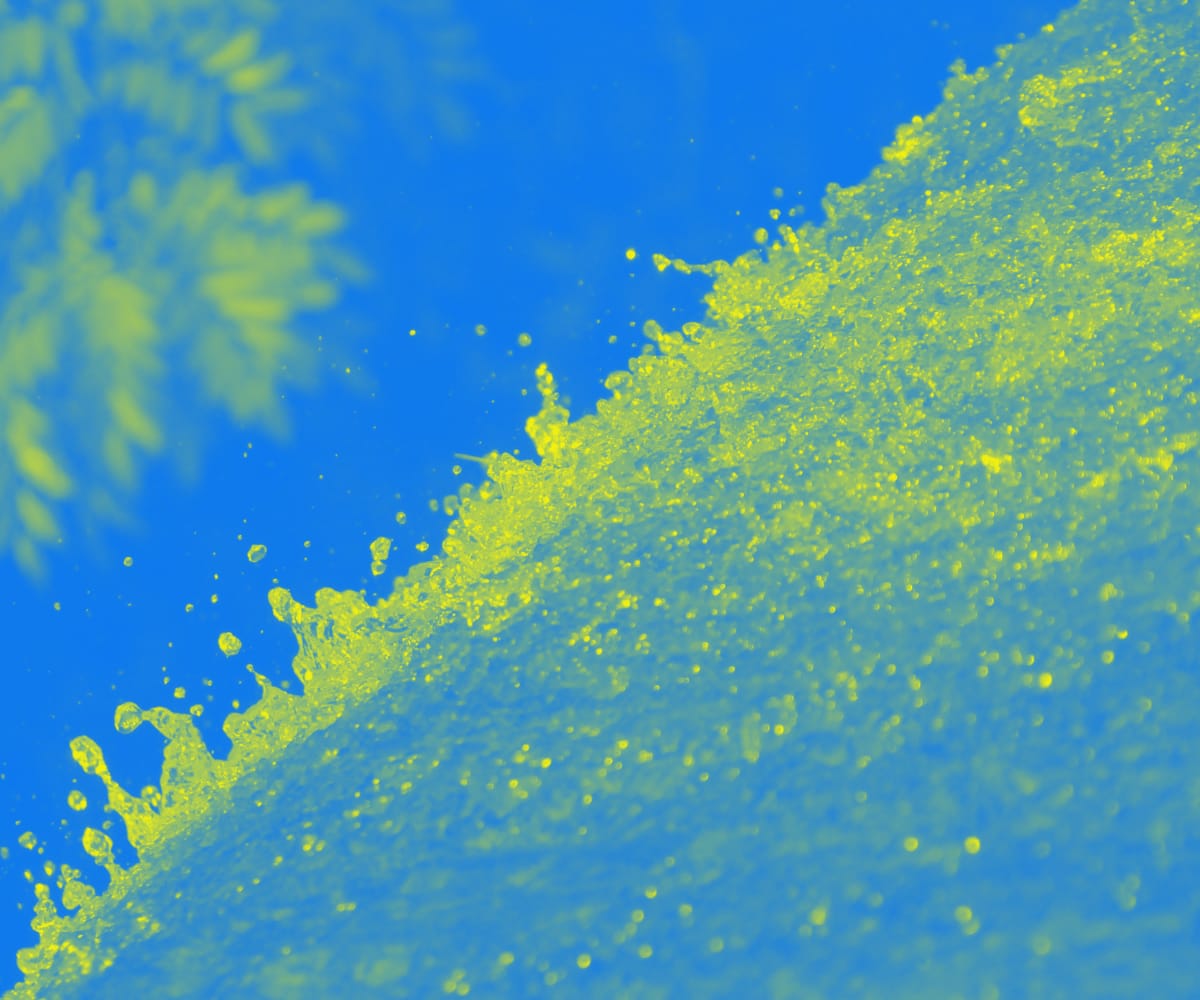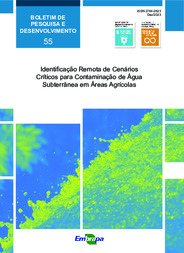New method identifies critical scenarios of water contamination
New method identifies critical scenarios of water contamination
Photo: Fábio Torresan

One of the advantages of the new method is that it is appropriate to Brazilian conditions, with their climate and soil diversity
Embrapa research teams have developed an innovative method to identify agricultural areas that are most vulnerable to groundwater contamination, based on the analysis of geospatial data. The method's main application is for environmental risk assessments of pesticides requested by the Brazilian Institute of Environment and Natural Resources (Ibama) to register new products. The results of the study were obtained in a project co-funded by CNPq and published by Embrapa at the end of 2023.
The application of pesticides can generate residue and the soil leaching process results in groundwater contamination. To identify critical scenarios, that is, the conditions that are most conducive to contamination, the study used a model that considers, among other factors, the soil type and its humidity, the depth of the water table or aquifer, and the time that the pesticide would take to reach them. The longer it takes, the more it is exposed to degradation processes in the soil and the lower the chances of contamination. The researchers aimed to devise a model that would not underestimate the risks. "Our concern, in this estimate, is safety," stated Embrapa Territorial's analyst Rafael Mingoti, one of the authors of the paper.
One of the advantages of the new method is that it is appropriate to Brazilian conditions, given the country's climate and soil diversity Currently, the analyses follow procedures by the United States Environmental Protection Agency (EPA), which are based on the American scenario. The publication posted in December details an application of the method in the Brazilian state of São Paulo, for three of the most representative crops in the state territory: sugarcane, citrus and soybeans. The study points out that, for instance, the most critical scenarios for groundwater contamination are in 1% of the soybean area, 1.6% of the area with sugarcane and 4.1% of the area with citrus crops.
The team's biggest challenge, for Mingoti, was to estimate the depth of the water tables. "We had to use a very complex model for the entire state," he said. Another laborious stage of the study was estimating what is called soil moisture at field capacity, that is, a soil that is neither too dry nor too humid. "It took several equations and several databases to find this information," he added.
The study organized a 1:750,000-scale georeferenced database with the physical, chemical and hydraulic characteristics of the soils in the state. It is available at Embrapa's Spatial Data Infrastructure (GeoInfo).
Claudio Spadotto, a researcher at Embrapa Digital Agriculture who also co-authored the study, explains that the identification of scenarios based on the groundwater vulnerability index should help decision-making in regulatory processes and territorial planning of potentially polluting activities.
“The parameter for the critical scenarios presented in the study will be included in the ARAquá technology database, available in the ARAquáWeb version. This technology has been recommended by Ibama since 2013 for the assessment of environmental risks in pesticide registration processes, and it contributes to predicting surface water and groundwater contamination," Spadotto underscores.
Moreover, according to him, the study has the potential to be expanded to other regions of the country. "New studies are being planned in order to apply the method in other parts of the Brazilian territory with the necessary data available and with some adjustments.
Vivian Chies (MTb 42.643/SP)
Embrapa Territorial
Press inquiries
territorial.imprensa@embrapa.br
Phone number: +55 19 3211-6200
Alan Rodrigues (MTb 2625/CE)
Embrapa Territorial
Press inquiries
territorial.imprensa@embrapa.br
Phone number: +55 19 3211-6200
Graziella Galinari (MTb 3863/PR)
Embrapa Digital Agriculture
Press inquiries
agricultura-digital.imprensa@embrapa.br
Phone number: 3211-5700
Translation: Mariana Medeiros (13044/DF)
Superintendency of Communications
Further information on the topic
Citizen Attention Service (SAC)
www.embrapa.br/contact-us/sac/

